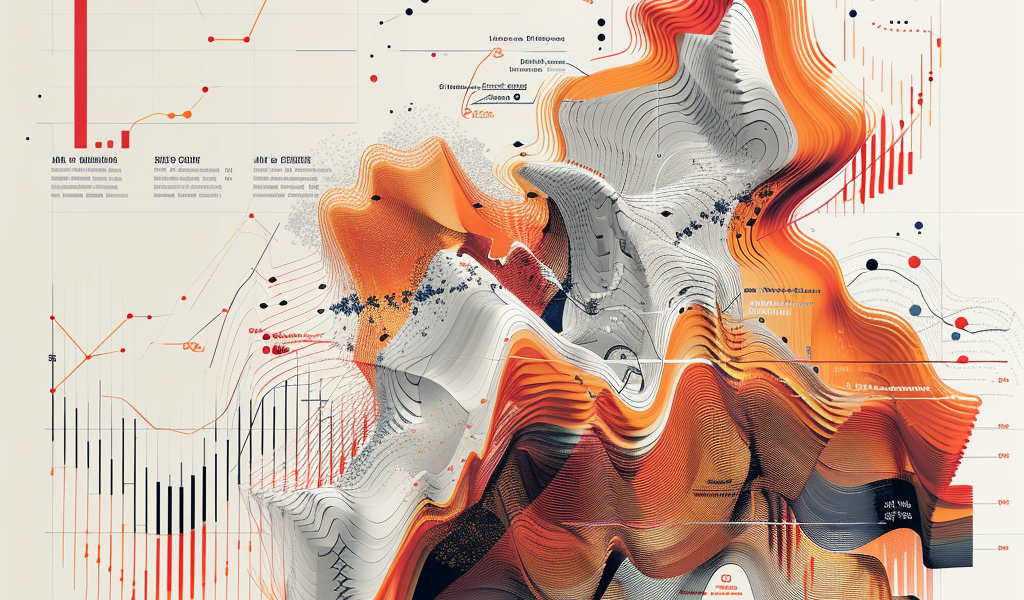Wage growth has been identified as the key driver of consumer price inflation, with the average full-time salary surpassing $100,000, according to confidential Treasury analysis. The analysis revealed that pay rises have overtaken import prices and supply shocks to form the majority of headline CPI, a trend expected to continue into 2024.
The findings debunk claims of widespread corporate profit gouging as the cause of price rises, challenging assertions from the Greens, unions, and former ACCC chairman Allan Fels. These claims have prompted inquiries, including a Greens-led Senate probe into supermarket pricing, an ACCC-led year-long inquiry, and a review of the voluntary grocery code by Craig Emerson.
Labour costs accounted for almost two-thirds of headline CPI in the year to June 30, 2023, with the remainder comprising import prices, global price shocks, and other factors. When annual CPI peaked at 7.8 per cent in December 2022, wages made up about 30 per cent.
EY chief economist Cherelle Murphy expressed concerns about the outlook for wages, productivity, and inflation, highlighting the potential need for interest rates to remain higher for longer. She emphasized the importance of labor productivity improvement and reduced wage growth to align with inflation forecasts, indicating that the Reserve Bank may need to maintain higher rates for an extended period.
While the risk of a wage-price spiral has diminished, the central bank now faces the challenge of entrenched wage growth above 3.5 per cent, making it difficult to bring inflation back within the 2 per cent to 3 per cent target band. A 3.5 per cent wages growth allows for a 2.5 per cent pass-on to final consumer prices, supplemented by a 1 per cent from productivity gains.
Jonathan Kearns, chief economist at funds manager Challenger and the Reserve Bank’s former head of domestic markets, expressed skepticism about the assumption of productivity pickup, given the current scenario where inflation is driven by labor costs. He highlighted the risk of inflation persisting above 2.5 per cent and the potential for historically low interest rates to continue.





